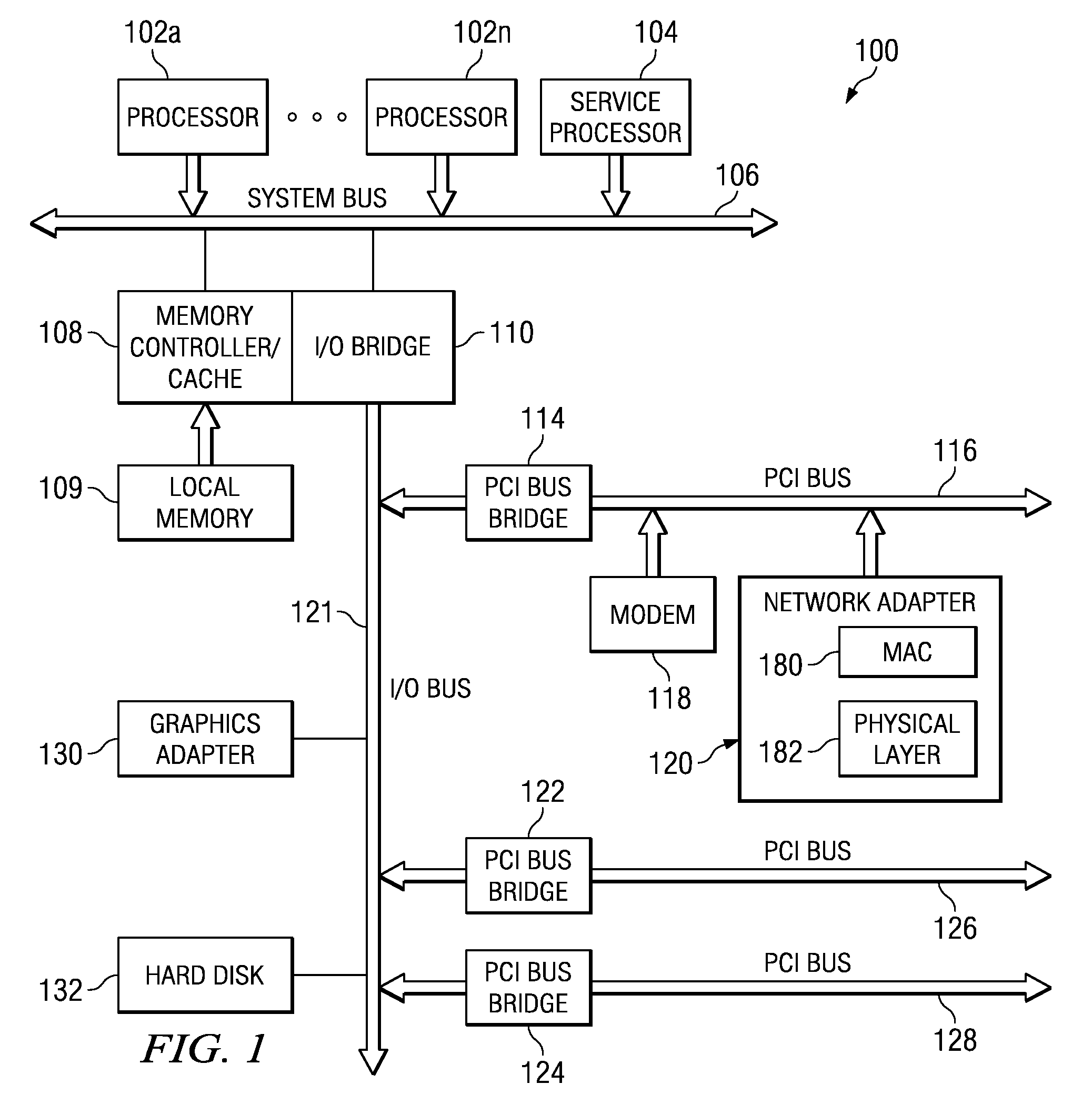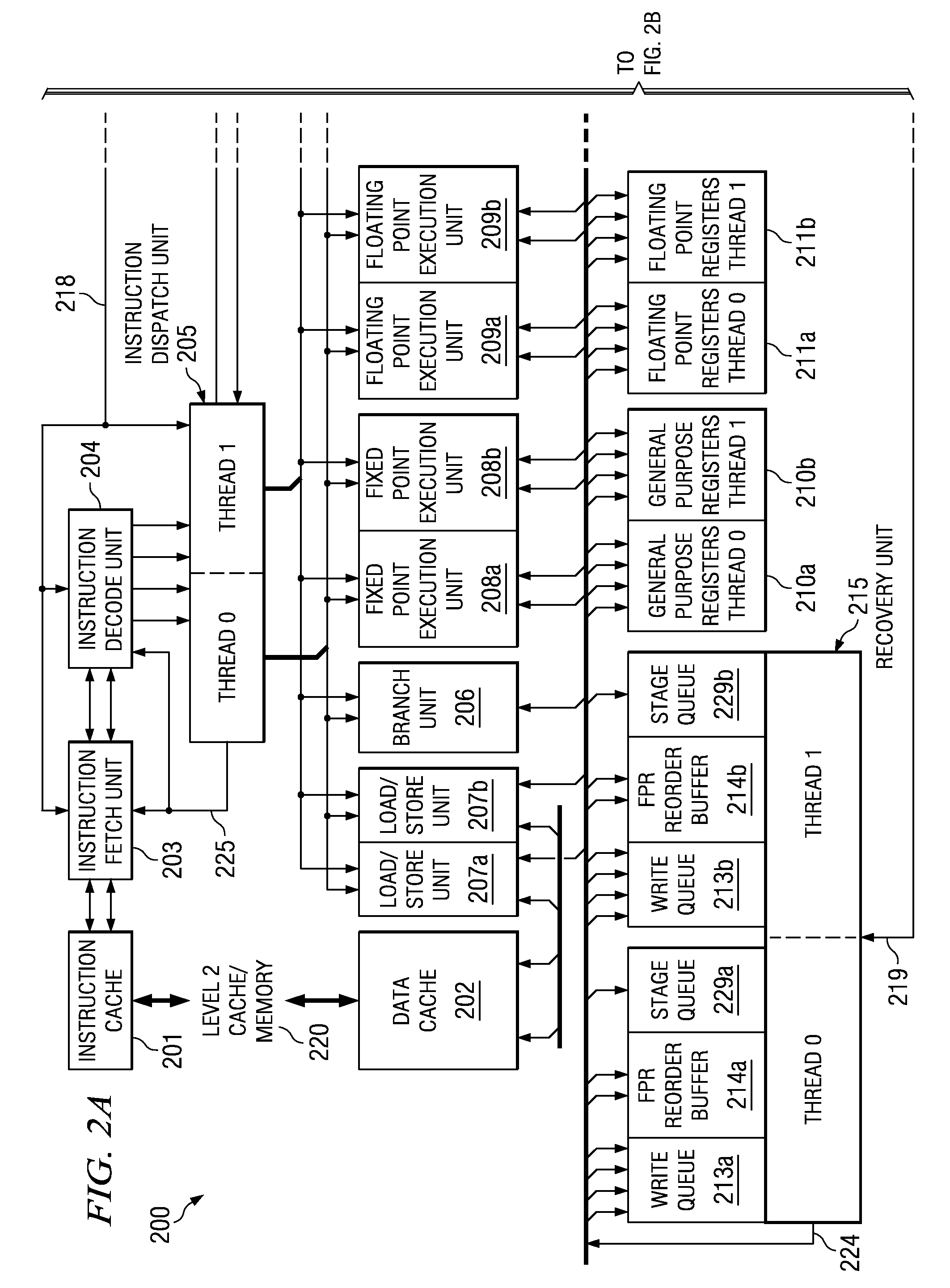System and method for optimizing branch logic for handling hard to predict indirect branches
a branch logic and indirect branch technology, applied in the field of data processing system and method, can solve the problems of incorrect branch target address prediction of candidate branch branch, additional execution latency, incorrect prediction of branch branch target address, etc., and achieve the effect of improving the performance of the processor
- Summary
- Abstract
- Description
- Claims
- Application Information
AI Technical Summary
Benefits of technology
Problems solved by technology
Method used
Image
Examples
Embodiment Construction
[0040]The illustrative embodiments provide a system and method for optimizing the branch logic of a processor with regard to handling hard to predict indirect branches. As such, the mechanisms of the illustrative embodiments may be utilized in any processor microarchitecture that utilizes branch prediction mechanisms for predicting target addresses of branches during execution of instructions via a pipeline. For purposes of this description, FIGS. 1 and 2A-2B are provided as examples of one type of data processing device and processor architecture in which exemplary aspects of the illustrative embodiments may be implemented. It should be appreciated that FIGS. 1 and 2A-2B are only exemplary and many modifications to the depicted examples may be made without departing from the spirit and scope of the present invention. FIGS. 1 and 2A-2B are not intended to state or imply any limitation with regard to the types of data processing devices and processor architectures with which the mech...
PUM
 Login to View More
Login to View More Abstract
Description
Claims
Application Information
 Login to View More
Login to View More - R&D
- Intellectual Property
- Life Sciences
- Materials
- Tech Scout
- Unparalleled Data Quality
- Higher Quality Content
- 60% Fewer Hallucinations
Browse by: Latest US Patents, China's latest patents, Technical Efficacy Thesaurus, Application Domain, Technology Topic, Popular Technical Reports.
© 2025 PatSnap. All rights reserved.Legal|Privacy policy|Modern Slavery Act Transparency Statement|Sitemap|About US| Contact US: help@patsnap.com



